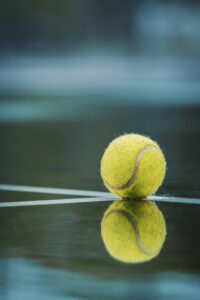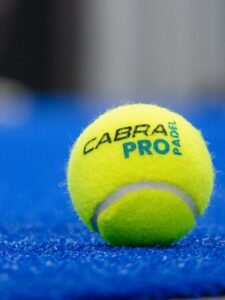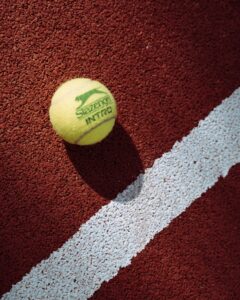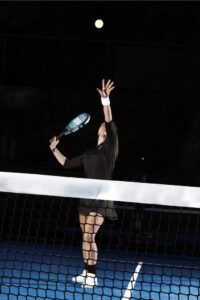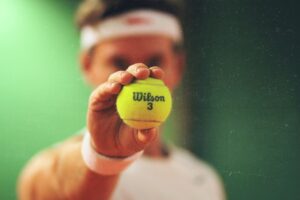Game Changer: Adapting Padel Techniques to Different Wall Surfaces
3 min read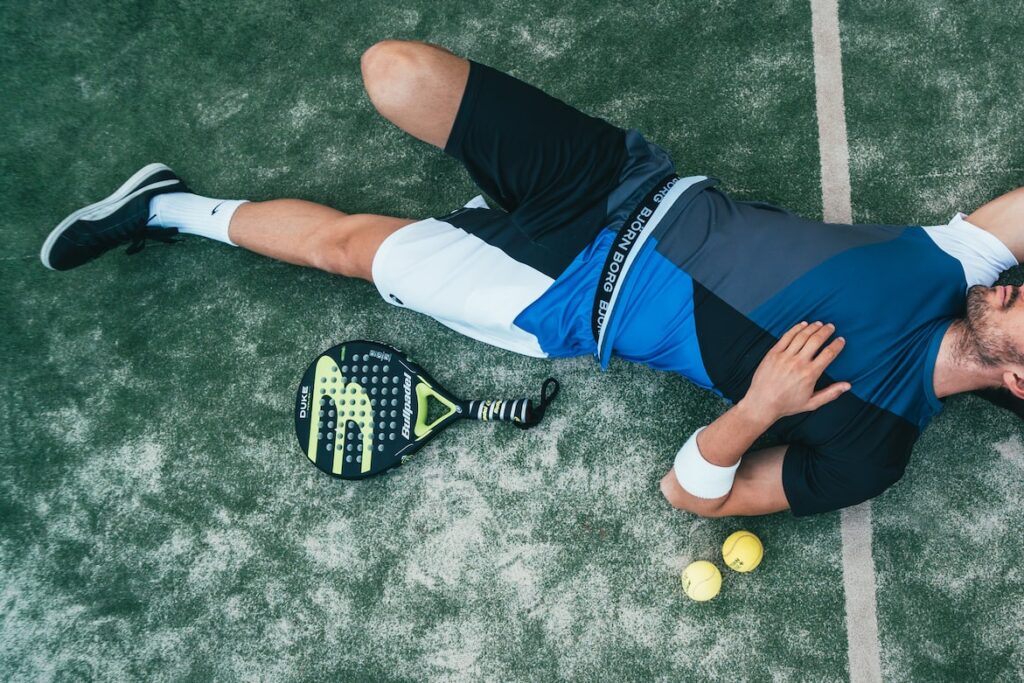
Game Changer: Adapting Padel Techniques to Different Wall Surfaces
Greetings, fellow padel enthusiasts! Today, we’re going to delve into the exciting world of adapting our game to different types of wall surfaces in padel. It’s no secret that the sport of padel is growing at an incredible pace, and as more people discover this fascinating game, it becomes increasingly important to understand how to adjust our strategy and techniques.
Why Adapt?
Before we dive into the nitty-gritty, let’s take a moment to ponder the question: why should we bother adapting our game in the first place? Well, my padel-loving friends, the answer lies in the diverse surfaces we encounter on the padel court.
When you step onto a padel court, whether it’s an old-school concrete surface or a modern, high-tech glass wall, you’ll notice that each surface offers a unique playing experience. By learning how to adapt your game to these different surfaces, you’ll gain a distinct advantage over your opponents, no matter where you play.
Techniques for Different Wall Surfaces
1. Concrete
Ah, the good old concrete walls. These classic surfaces have been around for ages and are ubiquitous in many padel courts around the world. When playing on concrete, it’s crucial to be mindful of the fast-paced nature of the game. The ball tends to rebound quicker off these surfaces, requiring lightning-fast reflexes.
One technique to master on concrete walls is the “half volley.” Instead of waiting for the ball to bounce and then hitting it, try hitting it just as it reaches its peak. This slight adjustment will give you more control over your shots, allowing you to keep your opponents on their toes.
2. Glass
Now, let’s turn our attention to the more modern glass walls. These sleek surfaces not only give padel courts a futuristic look but also offer unique challenges and opportunities for players. When playing on glass, you’ll notice that the ball tends to slide more, making it necessary to adapt your footwork.
To excel on glass walls, work on your lateral movement. By quickly shuffling your feet and maintaining good balance, you’ll be able to react swiftly to any unexpected ball bounces. Remember, practice makes perfect, so keep honing those footwork skills!
3. Artificial Grass
Finally, let’s explore the joys of playing on artificial grass. These surfaces provide a different playing experience altogether, with the ball bouncing lower and slower compared to concrete or glass walls.
When playing on artificial grass, it’s essential to focus on well-timed smashes and powerful shots to take advantage of the slower bounce. Additionally, be mindful of your overall movement on the court, as the grass might be slightly slippery—especially if it’s wet. Adjusting your stride and staying on your toes will help you maintain control and avoid any embarrassing slips.
Conclusion
There you have it, my fellow padel aficionados—a crash course in adapting your game to different wall surfaces. By mastering the techniques mentioned above and being adaptable in your approach, you’ll elevate your game to new heights.
Remember, the key to improving in any sport is practice. So, hit the court, experiment with your shots, and embrace the challenge of adapting your game for different types of wall surfaces in padel. You’ll be amazed at how your performance will level up, leaving your opponents in awe.
So go forth, my padel-playing friends, and conquer the walls!

